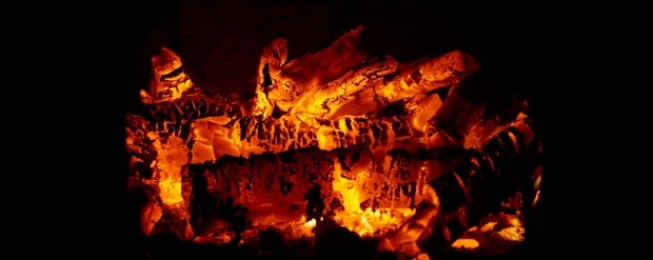
Coal – the fuel that came in from the cold
Matthew Lockwood, IGov Team, 21st November 2013
About Matthew: http://geography.exeter.ac.uk/staff/index.php?web_id=Matthew_Lockwood
Twitter: https://twitter.com/climatepolitics
Coal is making a comeback in power generation. Burning coal produced 42% of our electricity in the last quarter of 2012, up from only 23% in early 2010. There has been a similar resurgence across Europe. Wholesale gas prices remain high (partly because many long-term contracts remain oil-indexed, and oil prices are buoyant), and coal prices are low. As the US has switched to shale gas in power production, US exports of coal to Europe have surged and prices have slumped. From an environmental point of view this is the worst of all possible (fossil fuel) worlds. Coal use in power generation has surged, increasing emissions from the power sector in the UK and across Europe in 2012. As Christine Figueres has just said in the lead up to the Warsaw COP, what we should be doing is the opposite – keeping the coal in the ground.
What could change this situation? Gas prices may come down in the medium term, with much depending on North American production and Asian demand, but this is unlikely to happen in the next 3-4 years. UK shale gas wouldn’t have much impact even if it were politically possible.
The policy that was supposed to switch us away from coal to gas was carbon trading. But the EU ETS carbon price remains at negligible levels. The EU Parliament did eventually agree to backload the allocation of some EUAs to the end the decade, but the price remains below €5/tonne. Given the size of the coal-gas price spread, even the carbon floor price in the UK will be insufficient to choke this resurgence off before 2020.
Coal-fired power does remain under some regulatory pressure, although it is unclear how decisive this will be. Three plants in the UK closed this year under the Large Combustion Plant Directive. The remaining 20-odd GW of coal-fired plant in the UK may follow under the Industrial Emissions Directive aimed at reducing NOx emissions, although with coal-fired generation as lucrative as it is, some owners may decide to invest in equipment to become IED compliant. Even non-compliant plant could run a certain number of hours well into the 2020s. Baroness Worthington has managed to steer an amendment to the Energy Bill through the Lords that would apply an Emission Performance Standard to existing coal plants, rather than just new ones, although it is not clear whether this will survive the third reading.
Surprisingly, the greatest challenge to the future of coal-fired power generation may come from an unexpected source – renewable generation. As my colleague Catherine Mitchell noted recently on this blog, near-zero marginal cost renewables are beginning to depress wholesale prices in countries like Germany and Denmark at certain periods, bearing down even on the dark spread and undermining the baseload model that underpins coal investment. In the immediate situation, this is squeezing higher-cost gas off the system before coal and lignite, but according to Pöyry, this factor means that the wave of new coal and lignite plants coming on line in Germany is the end of an old trend, not the start of a new one. So much so that, according to recent reports, traditional coal-heavy utility RWE is seeking a new utility model based on coordinating renewables.
This hasn’t yet happened in the UK in such a marked way, but will be the inevitable outcome of more and more wind (and solar) on the system. Ironically, the one thing that may prevent this effect biting is the creation of a capacity market in the Energy Bill currently before Parliament. As this market will be open to existing plants as well as planned, it offers a new lifeline to the UK’s remaining coal-fired power stations.
Related Posts
« Previous EPG Oct 13 news update Presentation: Energy Security in a Multipolar World – conclusions and recommendations Next »







